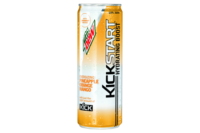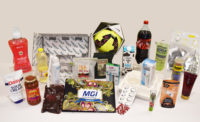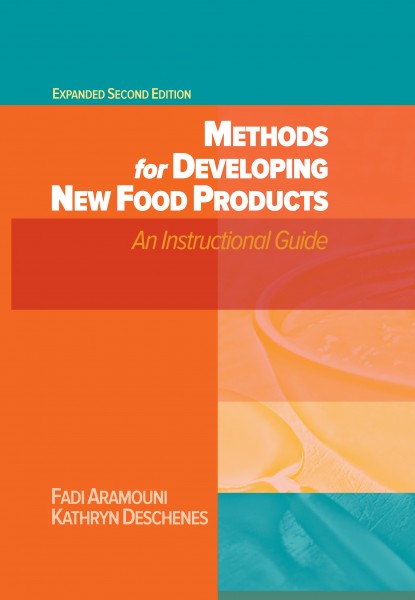Eleven food and beverage companies were named winners in Nielsen’s 2016 Breakthrough Innovation Awards honoring consumer packaged goods manufacturers whose product innovations find ways to improve consumers’ daily routines of eating, cleaning and grooming.
“Celebration of innovation should not be limited to just the technology space,” says Rob Wengel, principal at The Cambridge Group, leader of strategic innovation at Nielsen and co-author of the U.S. Breakthrough Innovation Report. “Consumer goods innovations bring improvements to our essential day-to-day experiences and rituals, from the time we wake up to the time we go to sleep.”
According to Nielsen data, in 2015, the top 25 largest food and beverage companies generated 45 percent of category sales in the US, but drove only 3 percent of the total category growth from 2011 to 2015 (roughly $1 billion in sales out of $35 billion in category growth) and grew at a compound annual rate of 0.1 percent.
These striking figures reveal change is far from cresting. “Our belief is that there will be more change in CPG in the next five years than there was in the last 50,” Nielsen says as companies will need to focus on mastering consumer experiences and not just consumer goods.
“Leading firms will measure share of growth in addition to share of market,” Nielsen says. “They will abandon misguided activity metrics such as ‘percentage of sales from new products,’ which tends to miscategorize (and reward) waste as if it were innovation.”
This transition is not going to be easy. For many decades, the CPG world has enjoyed stately product cycles, brand life spans typically measured in decades, robust barriers to entry and few game-changing new entrants. Market share was contested within well-established category boundaries against a fairly stable set of rivals. Unlike technology leaders, CPG executives could sleep well at night—free of worries about becoming the next Blockbuster, because there was no Netflix ripping around the corner.
To find the winners, Nielsen poured through 3,500 consumer products introduced to the market in 2014. The winners satisfied three requirements to qualify for the award: Each product was distinctive and delivered a new value proposition to the market; each generated a minimum of $50 million in year one US sales; and finally, each demonstrated the ability to endure the market by achieving in year two at least 90 percent of year one sales. Through Nielsen’s objective analysis, 18 brands met its requirements for distinctiveness, relevance and endurance to earn the award. Breaking the mold, this year’s roster of winners differs from years past by recognizing the largest class of winners to date and including two “start-up” companies—a Nielsen Breakthrough Innovation Award first.
The 18 Breakthrough Innovation winners included 11 food and beverage brands:
Bai, Bai Brands
Ben & Jerry’s Cores, Unilever
Breyers Gelato Indulgences, Unilever
Butterfinger Peanut Butter Cups, Nestlé
Cheez-It Grooves, Kellogg’s
Chilli’s At Home, Bellisio Foods
Chobani Flip, Chobani
Chopped Salad Kits, Dole
Giovanni Rana, Rana Meals Solutions, LLC
P3, Oscar Mayer
Skinny Pop Popcorn, Amplify Snack Brands
Nielsen says strong leadership has been a consistent theme in the competition and plays a significant role in the success of the winners. The idea of breakthrough leadership is explored further in Nielsen’s Breakthrough Innovation Report, where winners detail their stories through insightful case studies.
“Achieving innovation success in this highly competitive space is no easy task,” Wengel says. “Breakthrough Innovation enriches people’s lives and stimulates economic growth. Lessons from this year’s winners show that with a deep understanding of people and their needs, and a lot of hard work, breakthrough success is available to any company of any size in any category.”







